Gigg Lane: (Bury)
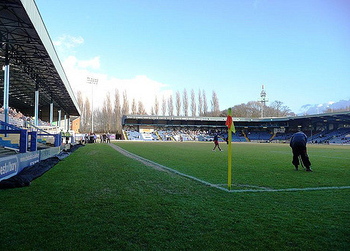
John Lord / Flickr.com
NOTICE: Following Bury’s expulsion from the English football league in August 2019 Gigg Lane is now closed for the foreseeable future. If the stadium is used for football in the future we will update you.
Gigg Lane was built specifically for Bury Football Club to play their games at and opened in 1885, with the club from the Manchester suburb moving in straight away. Things began well for the club, too, with the first ever fixture being a friendly against Wigan that the home side won 4-3. They also scored four goals and won when they played their first league game against Manchester City, running out 4-2 winners on the 8th of September 1894.
The club played their first ever floodlit match in 1889, before the Football League had even authorised the use of floodlights for competitive matches; floodlights didn’t get installed at the ground permanently until 1953, however. Despite a rivalry with Tranmere Rovers, with Bury fans calling Tranmere fans ‘plastic Scousers’ and Tranmere fans returning the compliment by calling Bury fans ‘plastic Mancs’, Gigg Lane saw its lowest ever attendance when just 461 people turned out to watch the two teams play a Freight Rover Trophy match in 1986.
Stats
| Gigg Lane Stats | |
|---|---|
| Year Opened | 1885 |
| Capacity | 12500 |
| Average Attendance | 4004 |
| Record Attendance | 35000 (Bury FC v Bolton (1960)) |
| Pitch Size | 102 x 66 (6732) |
| Former Name | the JD Stadium |
| Owner | Bury F.C. |
| Clubs Hosted | Bury F.C., Swinton RLFC, F.C. United of Manchester |
| First Fixture | Bury v Wigan (12/09/1885) |
| Final Fixture | Bury v Blackburn (24/07/2019) |
| Bury Stats | |
|---|---|
| Year Founded | 1885 |
| Nickname | The Shakers |
| Club Mascot | Robbie the Bobby (Devo) |
| Rivals | Bolton Wanderers, Rochdale, Oldham Athletic, Burnley, Wigan Athletic, Preston North End, Accrington Stanley, Tranmere Rovers |
| Kit | White & Blue (Home) / Blue, Grey and Black (Away) / Grey (Third) |
| Training Ground | Carrington |
| Shirt Sponsor | PaySec/Tappit |
| Team Owner | Save Our Shakers Trust, England The Bury F.C. Supporters Society Ltd (Forever Bury) |
| Record Goalscorer | Craig Madden (153) |
| Record Appearances | Norman Bullock (539) |
Gigg Lane Photos
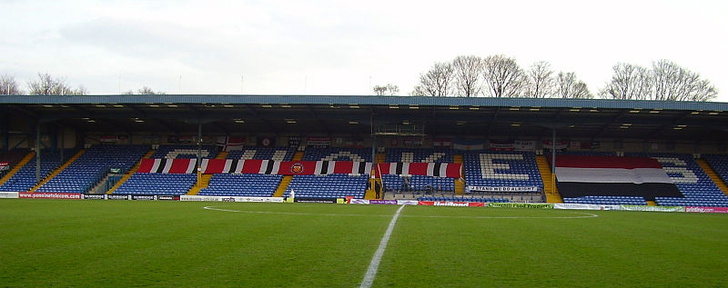
By Fcunited (Own work (Собственное фото)) [Public domain]
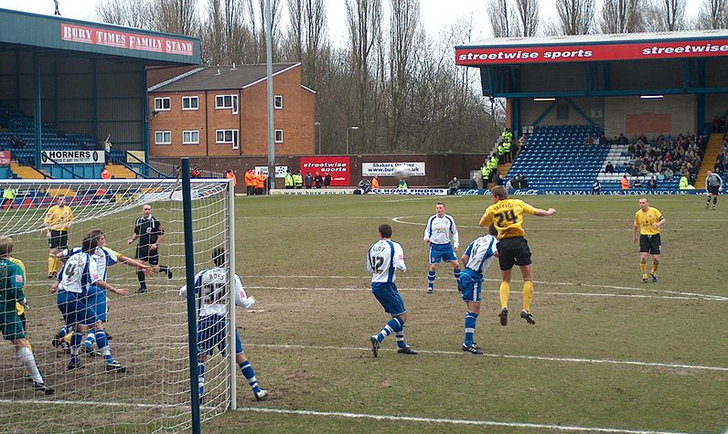
Bill Boaden [CC BY-SA 2.0]
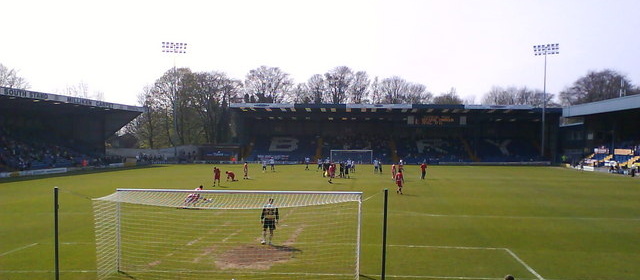
Matthew Hatton [CC BY-SA 2.0]
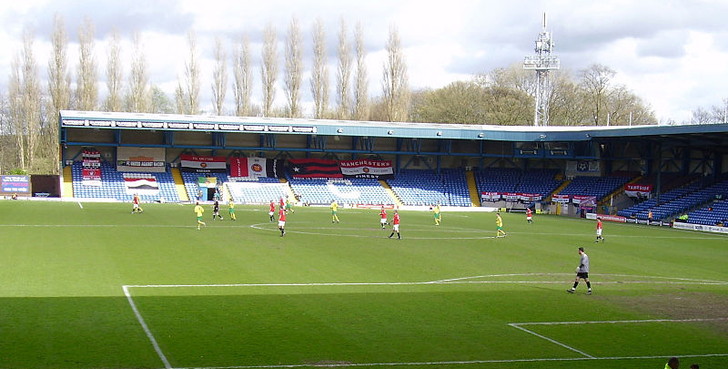
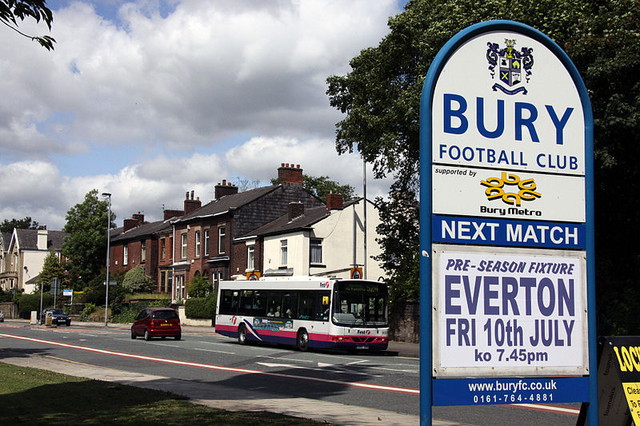
By Ingy The Wingy from Lancashire
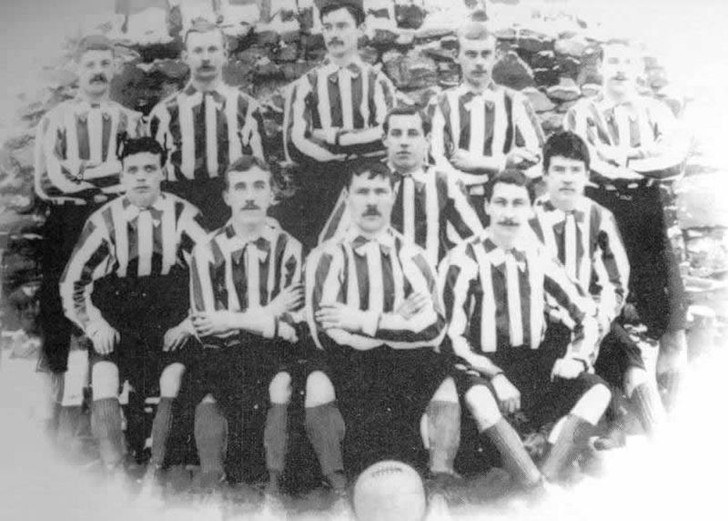
See page for author [Public domain]
Gigg Lane Seating Plan and Where to Sit

The Main Stand is the one closest to the car park and features the club shop, the ticket office and the dugouts. It was recently re-named the Neville Neville Stand in honour of the man who did so much for the club. The somewhat morbidly named Cemetery End was rebuilt in 1999 and tends to welcome Bury’s most vocal fans, whilst The Les Hart Stand runs along the side of the pitch and was renamed after the club’s former player in 2010. Finally, The Manchester Road End often changes its name depending on which company is sponsoring it and tends to house the away fans.
Bury Ticket Prices
Bury have probably the easiest pricing structure it is possible to have. Prices alter depending on your age, but other than that there is a flat fee for the entire stadium rather than different prices for different stands. Family tickets are also available.
Here are the ticket prices for adults and concessions for each of the different categories:
- Adults: £20
- Concessions: £14
How To Get Bury Tickets
You can buy tickets for Bury matches online, over the phone or from the club’s ticket office in person; although family tickets and disabled tickets can only be bought from the ticket office.
Where to Buy
Getting To Gigg Lane
Bury is essentially a suburb of Manchester, so if you know how to get to that Northern Powerhouse of a city then you’re well on your way. Here are some more specific instructions, though:
Train – Bury doesn’t have its own train station, so instead you’re left to head towards Manchester Piccadilly or Manchester Victoria. From there you’ll want to get the tram to Bury and then enjoy a fifteen minute or so walk to the ground.
Bus – The 135 bus leaves The Metrolink Tram Station in Bury every fifteen minutes or so and drops off on Manchester Road, near to the ground.
Car – The main way to get to Gigg Lane by car involves you leaving the M66 at Junction three and following the signs towards Bury. From there you’ll be able to see signs to the ground. Alternatively, get onto the M60 and leave at Junction 17, getting onto the A56 towards Bury. Stick on that road and you’ll eventually get on to Manchester Road, with Gigg Lane on the right.
By Air – Manchester Airport is definitely the best bet for Bury if you’re flying. From there you’ll be able to get the train to Manchester Piccadilly and then the tram.
Taxi – A taxi from Bury Metrolink Station to the ground will take less than five minutes and shouldn’t cost more than £6.
Parking Near Gigg Lane
There is no parking at the ground itself and parking restrictions are normally in place on a match day for those of you that like to opt for on-street options. There is a small car park at Fishpool Liberal Club, but it’s only got places for about forty cars so you’ll need to get there early.
Useful Resources
- Parking - Just Park
Gigg Lane Hotels
The reality is that you’ll probably want to look towards central Manchester for a particularly good hotel, but Bury is not without options of its own. Here are some of our suggestions:
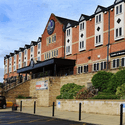
Village Hotel Manchester Bury - £60+
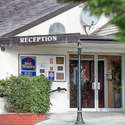
Best Western Bolholt Country Park Hotel - £90+
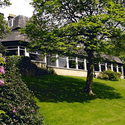
Mercure Manchester Norton Grange Hotel and Spa - £110+
Pubs and Bars Near Gigg Lane
Bury is the very definition of a Northern town with colourful characters, atmosphere and a few cracking places to go for a drink if you can resist the draw of nearby Manchester. Here are some places worth checking out:
Bury FC Social Club
The Swan & Cemetery
Art Picture House
Facilities
Though the ground was rebuilt in the 1990s, that’s a bit longer ago than probably feels to those of us of a certain age, so the facilities are starting to show signs of tiredness. There are a couple of places where you’ll be able to buy food and drink but expect queues.
Prices
- Programme: £3
- Pie: £3.2
- Cup of tea: £2.2
Hospitality

Hospitality at The 1885 Suite features a three-course meal, Director’s Box seating, a pitch side tour and a presentation gift from the club – and it’s obviously very popular as it’s always sold out. Hospitality in Starkies Lounge often features entertainment from a club legend as well as a four course meal in a relaxed environment and seating in the Director’s Box.
Private Hire
Gigg Lane promises stunning surroundings for any type of business event, though we’re willing to bet you might get more spectacular sights if you hosted your do at Old Trafford or The Etihad. That said, Bury are willing to let you use most of the suites and rooms to hold conferences, exhibitions, product launches or even board meetings, should you so desire. They can accommodate for up to 200 people.
Stadium Tours & Museum
Gigg Lane currently doesn’t offer tours and the club does not have a museum to speak of.
About Bury
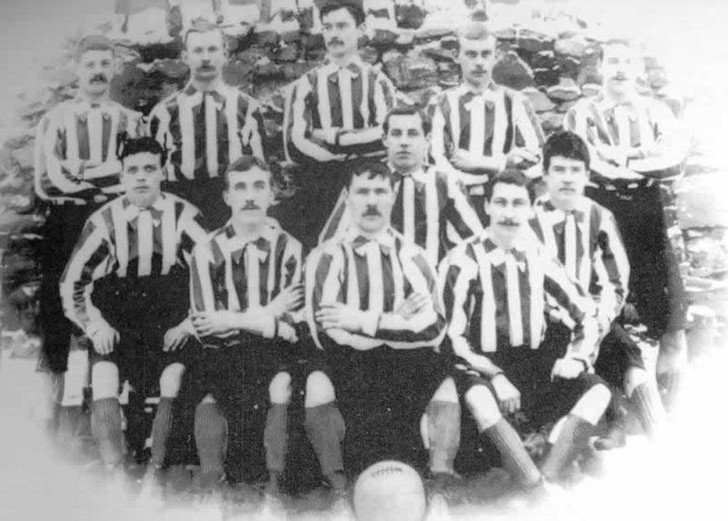
Despite often being overshadowed by the likes of Manchester United and, more recently, Manchester City, Bury Football Club actually has a history all of its own that it can be proud of. The club was formed in 1885 by Aiden Arrowsmith after a meeting at the White Horse Hotel in the town’s centre. It was essentially a combination of the town’s two football teams, Bury Wesleyans and Bury Unitarians. The club was accepted into the Football League in 1894.
Success-wise, Bury have actually enjoyed more than some other clubs can even dream of. They won their first FA Cup in 1900 when they beat Southampton 4-0 in the final at Crystal Palace, then they went one better in 1903 when they returned to the same venue and beat Derby County 6-0. That remains the highest winning scoreline in an FA Cup final to this day. In 1926 they achieved their highest ever league position when they finished fourth in the First Division. They were relegated in 1928 and have never reached the dizzying heights of top-flight football since.
On the 27th August 2019 Bury became the first club since Maidstone in 1992 to be expelled from the football league, ending 134 years of history for one of England’s oldest clubs.
The collapse came from financial difficulties despite the fact that Bury were promoted to League One the previous season. Owner Steve Dale had bought the club for £1 in December 2018 when the club was already in financial trouble and following three winding up petitions the club finally succumbed when a last minute sale fell through.
Very sad when you think a historic club cannot survive when England has the richest football league in the world in the Premier League.
Gigg Lane History
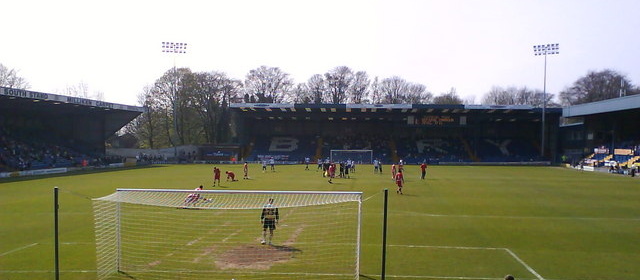
The first stand, such as it was, was built at Gigg Lane in 1887 at a cost of £50. The debt was eventually written off and never paid for, something the club wished they could do with the result of an FA Cup first round defeat to Blackburn Rovers that was registered in the same year, with Gigg Lane witnessing a humiliating 10-0 home defeat. In 1906 the club built The South Stand, even though Bury didn’t technically own the ground. It became theirs in 1922 when it was given to them as a gift by the Earl of Derby.
The Main Stand wasn’t built until 1924, though when it was eventually erected it made Gigg Lane one of the finest stadiums in the country. Since then the ground has undergone numerous renovations, with the most recent coming in the 1990s. In the wake of the Taylor Report into stadiums after the Hillsborough Disaster the numerous stands at Gigg Lane were converted to all-seater affairs. The final stand to undergo this reconstruction was The Cemetery End, knocked down and rebuilt in 1999.
Future Developments

In 2014 Bury bosses revealed a plan to redevelop The Main Stand, though as things currently stand there is no timescale for this redevelopment to occur. It is believed that the powers that be want to wait until Bury re-establish themselves as a long-term Championship side. One minor development, if you can call it that, happened in 15/16 season when a fence was erected between the Les Hart Stand and the Cemetery end to keep the rival supporters apart and try to control the bad behavior that was on the rise.
